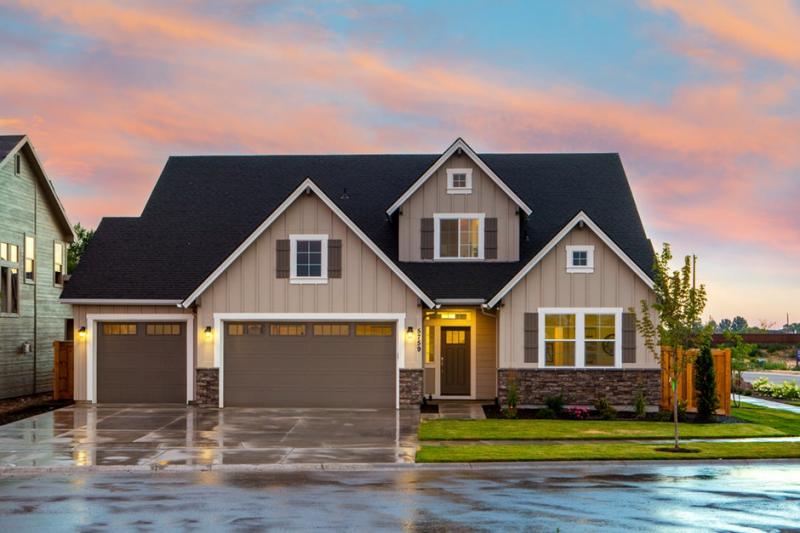What Makes a Home Eco-Friendly?

Choosing eco-friendly ways to live is now not just a choice, but an imperative. We cannot change the damage that has been done to the planet, but we can slow down degradation.
The good news is that this can start at home. Whether you already have a home or want to build or buy a new home, you have options to go green.
The past decade has seen a considerable rise in people choosing more sustainable living options. The aim is to minimise their impact and there are several ways to do this.
Millennials, those born between 1981 and 1996, are leading the change. The largest demographic in the workforce, they are driving a circular economy and instigating green practices.
With the help of social media, sustainability has become a hot topic. Consumers can confront brands online and find out more about their values.
It makes sense that they also demonstrate this in the places they live. Going green is seen as fashionable, and many people are leaning how to help our planet.
Why not follow Damien Hurst, Prince Charles and Orlando Bloom in making your home eco-friendly?
What does having an eco-friendly home mean?
Basically, making your home as self-sufficient and energy efficient as possible. If you look at the natural resources available to us:
- Natural light
- Wind
- Sun
- Soil
You can make your home less carbon-producing and better for the environment.
The other good news here is that, although you may need some initial investment, you can look forward to:
- Reduced waste
- Lower energy costs
- A healthier place to live for you and your family.
Main features and characteristics of an eco-friendly home
In general, newer homes are more eco-friendly. Many city and town planners now have regulations in terms of the materials used, and architects consider it in their plans.
Check for the following features and characteristics in your home:
- Size
Smaller is better, as your footprint will inevitably be less.
- Light
More natural light means less artificial lighting needed. You can simply install more windows to achieve this, particularly if where you live is not too hot.
- Water
In areas where there is a lot of rainfall, adding a natural water filter will reuse this water. The installation is not cheap, but it will reduce water bills.
- Solar panels
The price of these has come down considerably, as more people get them installed. You also don’t need to live somewhere hot, just somewhere with plenty of sunlight.
- Fireplace
Heating with fire is something that our ancestors have done for many years. Using fire instead of electricity to warm the home and water is far greener.
How to make your home greener
The key is to start small and don’t overwhelm yourself. You can make changes bit by bit, and everything you do will help.
Here are some ideas:
- Install some LED light bulbs
Did you know that these bulbs last for up to 13 years? It’s worth paying a few dollars extra.
- Turn down your water heater
These are usually set to 140 F, which is unnecessary. Turn it down by 20 degrees and your showers will still be nice and warm.
- Fix water leaks
Wasting a valuable resource like water is dreadful so make sure any leaks are plugged!
- Use old clothes as cleaning rags
This is what your grandma did when paper towels weren’t available. Much more eco-friendly!
- Air dry your clothes
It doesn’t have to be sunny outside to dry your clothes. It is better for them too, as they will last longer.
- Recycle
Get a recycling bin and use it. Beer and food cans, sauce jars etc. Clean them and bin them.
There are just some of the ways that you can make your home eco-friendlier.
Making eco-friendly changes to your home won’t stop rising sea levels, but it will reduce the carbon in the atmosphere. Every change you make is a step in the right direction and can inspire your friends and family too.
More to Read:
Previous Posts:











